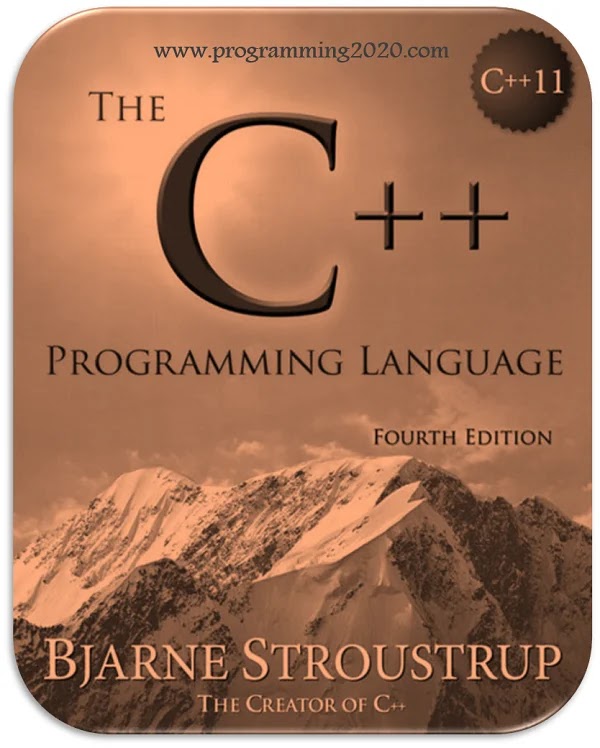- C is a middle-level programming language developed by Bjarne Stroustrup starting in 1979 at Bell Labs.C runs on a variety of platforms, such as Windows, Mac OS, and the various versions of UNIX. This C tutorial adopts a simple and practical approach to describe the concepts of C for beginners to advanded software engineers. Why to Learn C. C is a MUST for.
- TensorRT is a C library for high performance inference on NVIDIA GPUs and deep learning accelerators. NVIDIA/TensorRT.
Install Dev-C. I installed from the Version 4.9.9.2 Setup File. Download graphics.h to the include/ subdirectory of the Dev-C directories. Download libbgi.a to the lib/ In order to use the WinBGIm subdirectory of the Dev-C directories. Whenever you #include in a program, you must instruct the linker to link in certain libraries.

Dev-C++ is an advanced, freely distributed integrated development environment for Windows, created by Bloodshed Software. It is based on the MinGW implementation of GCC. A similar IDE, Dev-Pascal, is available and works with both Free Pascal and GNU Pascal.
Perhaps the greatest feature of Dev-C++ for OSDev purposes is that it can be used with the Cygwin toolset as well as (or instead of) the MinGW one.
The last update to Dev-C++ from Bloodshed Software was made in 2005. However, in June 2011 Dev-C++ was forked by Orwell to continue its development and since that time several bugs were fixed and new features added.
-Step-5.jpg/aid769704-v4-728px-Download-Dev-C%2B%2B-(Ide)-Step-5.jpg)
There is also wxDev-C++, a Dev-C++ fork specifically targetted at users developing with the wxWidgets framework.
-Step-3.jpg/aid769704-v4-728px-Download-Dev-C%2B%2B-(Ide)-Step-3.jpg)
Dev C 2b 2b Programming
Using Cygwin with Dev-C++
-Step-4.jpg/aid769704-v4-728px-Download-Dev-C%2B%2B-(Ide)-Step-4.jpg)
Dev C 2b 2b Tutorial
It is possible to use a full (not minimalistic) GCC compiler with Dev-C++ by using Cygwin. To do this, you have to edit some settings of the IDE:
- Go to Tools -> Compiler Options.
- Go to the Directories tab, then add the appropriate Cygwin paths.
- You can use a custom Makefile by going to Project -> Project Options, selecting the Makefile tab and replacing the Makefile.
A more detailed and illustrated tutorial can be found at [1].